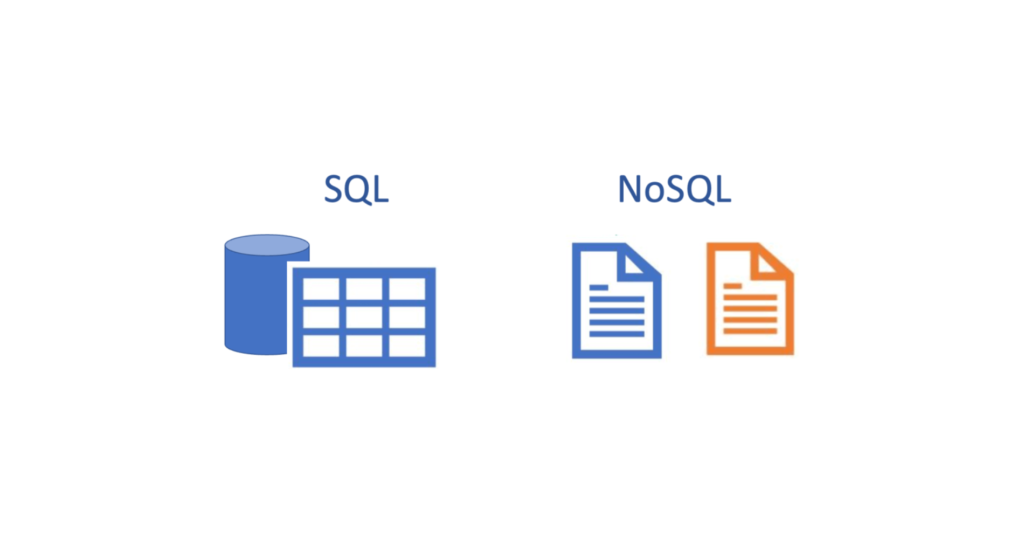What is e-Marketing?
e-Marketing is still quite a controversial subject to talk about, since no one succeeded to unify the various theories around it; however there is one thing upon which there is no doubt – that e-Marketing first appeared under the form of various techniques deployed by pioneer companies selling their products via the internet in the early 90’s.
The frenzy around these new marketing techniques created by e-tailers and supported by the internet rapidly gave birth to a new dimension of what we knew as Marketing: the e-Marketing (electronic Marketing).
There are many definitions to what e-Marketing is, the simplest and shortest one being formulated by Mark Sceats: e-Marketing is Marketing that uses the internet as manifestation media. A working definition is that coming from a group of CISCO specialists: e-Marketing is the sum of all activities a business conducts through the internet with the purpose of finding, attracting, winning and retaining customers.
e-Marketing Strategy
The e-Marketing Strategy is normally based and built upon the principles that govern the traditional, offline Marketing – the well-known 4 P’s (Product – Price – Promotion – Positioning) that form the classic Marketing mix. Add the extra 3 P’s (People – Processes – Proof) and you got the whole extended Marketing mix.
Until here, there are no much aspects to differentiate e-Marketing from the traditional Marketing performed offline: the extended Marketing mix (4 + 3 P’s) is built around the concept of “transactional” and its elements perform transactional functions defined by the exchange paradigm. What gives e-Marketing its uniqueness is a series of specific functions, relational functions, that can be synthesized in the 2P + 2C+ 3S formula: Personalization, Privacy, Customer Service, Community, Site, Security, Sales Promotion.
These 7 functions of the e-Marketing stay at the base of any e-Marketing strategy and they have a moderating character, unlike the classic Marketing mix that comprises situational functions only. Moderating functions of e-Marketing have the quality of moderate, operate upon all situational functions of the mix (the classic 4 P’s) and upon each other.
1. Personalization
The fundamental concept of personalization as a part of the e-Marketing mix lies in the need of recognizing, identifying a certain customer in order to establish relations (establishing relations is a fundamental objective of Marketing). It is crucial to be able to identify our customers on individual level and gather all possible information about them, with the purpose of knowing our market and be able to develop customized, personalized products and services.
For example, a cookie strategically placed on the website visitor’s computer can let us know vital information concerning the access speed available: in consequence, if we know the visitor is using a slow connection (eg. dial-up) we will offer a low-volume variation of our website, with reduced graphic content and no multimedia or flash applications. This will ease our customer’s experience on our website and he will be prevented from leaving the website on the reason that it takes too long to load its pages.
Personalization can be applied to any component of the Marketing mix; therefore, it is a moderating function.
2. Privacy
Privacy is an element of the mix very much connected to the previous one – personalization. When we gather and store information about our customers and potential customers (therefore, when we perform the personalization part of the e-Marketing mix) a crucial issue arises: that of the way this information will be used, and by whom. A major task to do when implementing an e-Marketing strategy is that of creating and developing a policy upon access procedures to the collected information.
This is a duty and a must for any conscious marketer to consider all aspects of privacy, as long as data are collected and stored, data about individual persons.
Privacy is even more important when establishing the e-Marketing mix since there are many regulations and legal aspects to be considered regarding collection and usage of such information.
3. Customer Service
Customer service is one of the necessary and required activities among the support functions needed in transactional situations.
We will connect the apparition of the customer service processes to the inclusion of the “time” parameter in transactions. When switching from a situational perspective to a relational one, and e-Marketing is mostly based on a relational perspective, the marketer saw himself somehow forced into considering support and assistance on a non-temporal level, permanently, over time.
For these reasons, we should consider the Customer Service function (in its fullest and largest definition) as an essential one within the e-Marketing mix.
As we can easily figure out, the service (or assistance if you wish) can be performed upon any element from the classic 4 P’s, hence its moderating character.
4. Community
We can all agree that e-Marketing is conditioned by the existence of this impressive network that the internet is. The merely existence of such a network implies that individuals as well as groups will eventually interact. A group of entities that interact for a common purpose is what we call a “community” and we will soon see why it is of absolute importance to participate, to be part of a community.
The Metcalf law (named after Robert Metcalf) states that the value of a network is given by the number of its components, more exactly the value of a network equals the square of the number of components. We can apply this simple law to communities, since they are a network: we will then conclude that the value of a community rises with the number of its members. This is the power of communities; this is why we have to be a part of it.
The customers / clients of a business can be seen as part of a community where they interact (either independent or influenced by the marketer) – therefore developing a community is a task to be performed by any business, even though it is not always seen as essential.
Interactions among members of such a community can address any of the other functions of e-Marketing, so it can be placed next to other moderating functions.
5. Site
We have seen and agreed that e-Marketing interactions take place on a digital media – the internet. But such interactions and relations also need a proper location, to be available at any moment and from any place – a digital location for digital interactions.
Such a location is what we call a “site”, which is the most widespread name for it. It is now the time to mention that the “website” is merely a form of a “site” and should not be mistaken or seen as synonyms. The “site” can take other forms too, such as a Palm Pilot or any other handheld device, for example.
This special location, accessible through all sort of digital technologies is moderating all other functions of the e-Marketing – it is then a moderating function.
6. Security
The “security” function emerged as an essential function of e-Marketing once transactions began to be performed through internet channels.
What we need to keep in mind as marketers are the following two issues on security:
– security during transactions performed on our website, where we have to take all possible precautions that third parties will not be able to access any part of a developing transaction;
– security of data collected and stored, about our customers and visitors.
A honest marketer will have to consider these possible causes of further trouble and has to co-operate with the company’s IT department in order to be able to formulate convincing (and true, honest!) messages towards the customers that their personal details are protected from unauthorized eyes.
7. Sales Promotion
At least but not last, we have to consider sales promotions when we build an e-Marketing strategy. Sales promotions are widely used in traditional Marketing as well, we all know this, and it is an excellent efficient strategy to achieve immediate sales goals in terms of volume.
This function counts on the marketer’s ability to think creatively: a lot of work and inspiration is required in order to find new possibilities and new approaches for developing an efficient promotion plan.
On the other hand, the marketer needs to continuously keep up with the latest internet technologies and applications so that he can fully exploit them.
To conclude, we have seen that e-Marketing implies new dimensions to be considered aside of those inherited from the traditional Marketing. These dimensions revolve around the concept of relational functions and they are a must to be included in any e-Marketing strategy in order for it to be efficient and deliver results.




